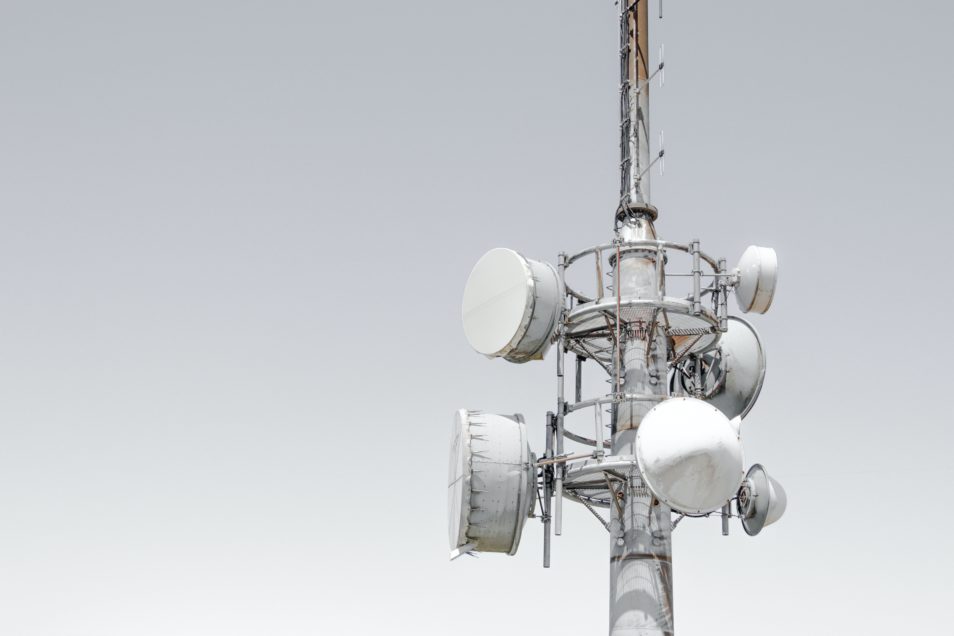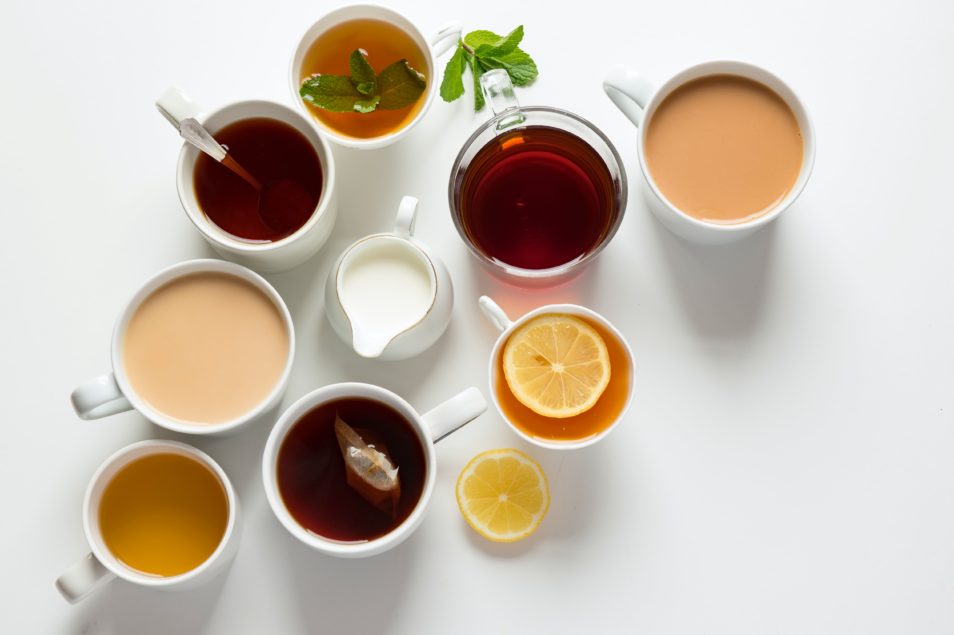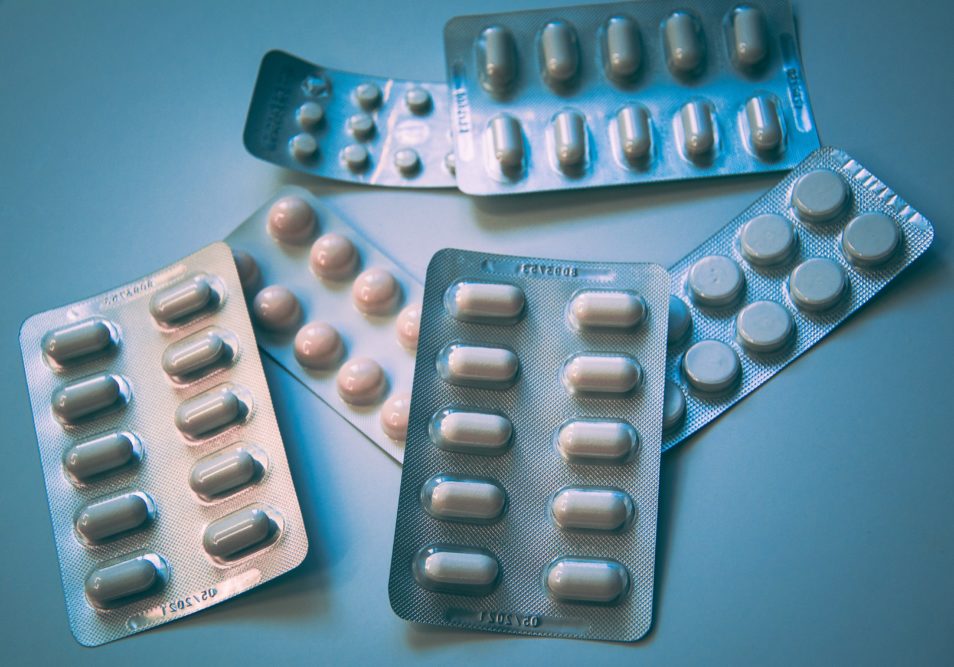Fake news travels as fast as… well… a virus. Especially if it is a novel coronavirus. So we’re debunking some of the most viral myths that are spreading during the current COVID-19 pandemic.

Some theorists believe 5G suppresses people’s immune systems. This is false.
5G internet
There has been a lot of chatter on social media about whether 5G acts as a vehicle for COVID-19. To summarise, theorists believe the rollout of faster 5G internet is either causing or accelerating the spread of COVID-19. Some argue 5G suppresses people’s immune systems which makes them catch the virus easier. Others argue that 5G radio waves actually transmit the virus to humans. But these claims are 100 per cent false. Here’s why.
Viruses are half living – they need a living host to survive and replicate. They do this by spreading from person to person, invading healthy cells. A virus can spread between people who are in close contact, usually closer than 1.5m apart, through respiratory droplets. This occurs when an infected person sneezes or coughs. These drops can be inhaled into the lungs or enter the body through openings like your eyes, nose or mouth. Viruses can also survive on some surfaces, such as door handles or mobile phones. The virus then spreads to our hands, then through our eyes or nose if we touch our face.
People with healthy immune systems have been shown to get COVID-19.
Radio waves, like the ones we’re used to with 4G and now 5G, do not suppress your immune system. Numerous studies have shown that exposure to radio waves within our safety standards won’t affect your health in the short-term or long-term. All our telecommunications transmit within these safety standards, which are well below the level that may cause harm to the human body.
Ultimately, the only way the virus can spread through 5G is if you touch a 5G-enabled phone with the SARS-CoV-2 virus on it and then immediately touch your face.

Your cuppa isn’t enough to kill COVID-19. IMAGE: Joanna Kosinka
Drinking hot drinks
Here’s another question that is making the rounds on social media. If you drink a hot drink, can it kill the virus inside your body? The short answer is no. Here’s the long answer.
SARS-CoV-2 is a respiratory virus, which causes the COVID-19 disease. The virus needs to get into your lungs via your nose, mouth (by breathing or touching) or eyes (which are connected to your respiratory system). Once the virus enters your respiratory system, it starts invading your healthy cells. These places can’t be reached by a mug of hot water, as the water goes to your digestive system. On top of that, if you ingest the virus, your stomach acid may kill the virus.
It has also been shown that temperatures of about 75C could kill the virus. But apply that temperature to the human body and you may be looking at a different reason for going to the hospital.
So, while a hot drink may bring you relief from cold and flu symptoms, it may not be enough to kill the virus.

Anti-malarial drugs have been suggested as a way to cure COVID-19. But the data doesn’t stack up. IMAGE: Christine Sandu
Anti-malarial drugs
Some world leaders and scientists have been suggesting that chloroquine, and a related derivative known as hydroxychloroquine, can cure COVID-19. These have been used as anti-malarial drugs.
There is a wide range of evidence in scientific literature of the antiviral effects of chloroquine in vitro (that is, in lab tests). But these results have not always been reproduced in clinical trials.
More peer-reviewed studies and clinical trials are needed to understand the efficacy of chloroquine and hydroxychloroquine as antiviral treatments for COVID-19.
Ultimately there isn’t enough clinical data to recommend either for or against using chloroquine or hydroxychloroquine to treat COVID-19. So, take it with a grain of salt.
Kids and coronavirus
It’s a big discussion right now. Are kids safe? Are kids affected differently to adults when it comes to COVID-19? Yes and no.
If you look at Australia’s cases, COVID-19 has affected people under the age of 20 as much as people over 80 years old. So, the idea that COVID-19 doesn’t affect children is false. Experts say that being in a young age group isn’t entirely protective. Infants have higher rates of severe illness than older children.
But COVID-19 may affect children differently. A new study looked at the number of COVID-19 cases among children in China. They’ve been less severe than the adult cases.
But scientists say that more testing and research is needed to better understand how children play a role in spreading COVID-19 in their communities. About four per cent of children were asymptomatic, 51 per cent had mild illness and 39 per cent had moderate illness. About six per cent had severe or critical illness, compared to 18.5 per cent of adults.

Could your cocktail do more? It depends who you ask. IMAGE: Adam Wilson.
Sanitising with alcohol
With hand sanitisers still flying off the shelves, most people are turning to DIY fixes. One of these includes the use of vodka or other alcohol as a sanitiser. But are these effective?
Most hand sanitisers are alcohol-based with several different alcohols used. These hand sanitisers have an alcohol concentration between 60 and 80 per cent. But here’s the bad news. Commercially available alcohol usually has an ethanol concentration of about 35 to 40 per cent. So, your favourite tipple won’t be much protection.
This is also backed up by science. A recent study investigated how alcohol can be used as a sanitiser against COVID-19. It found a single concentration of 70 per cent was fully effective at inactivating a high titre stock of SARS CoV-2. It was also able to do this within five minutes.
However, one study alone isn’t enough data for you to go out and buy bottles of absinthe. Maybe stick with commercially available sanitiser as it contains other chemicals like hydrogen peroxide. This combination makes it highly effective in killing viruses and other nasties compared to alcohol alone.


24th April 2020 at 3:08 pm
Yes. I did make a small batch from some meths I had. Added the water and some glycerol and a little tea tree oil. Didn’t have any hydrogen peroxide to hand.
23rd April 2020 at 5:22 pm
All good. With the addition that potable alcohol is not the way to go. If you are really stuck and cannot get a commercial topical sanitiser then a mix of 3 parts Methylated Spirit plus 1 part water will give a product with an alcohol content of 71%.It’s rough and ready but it works and is cheaper that brand names.
23rd April 2020 at 1:59 pm
As far as I can see, the photograph is of point-to-point communication dishes, nothing to do with radiated 5G. Although those (barely visible) dipole antennas towards the top of the photo are somewhat omnidirectional.